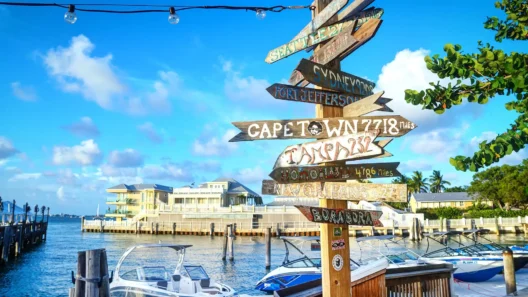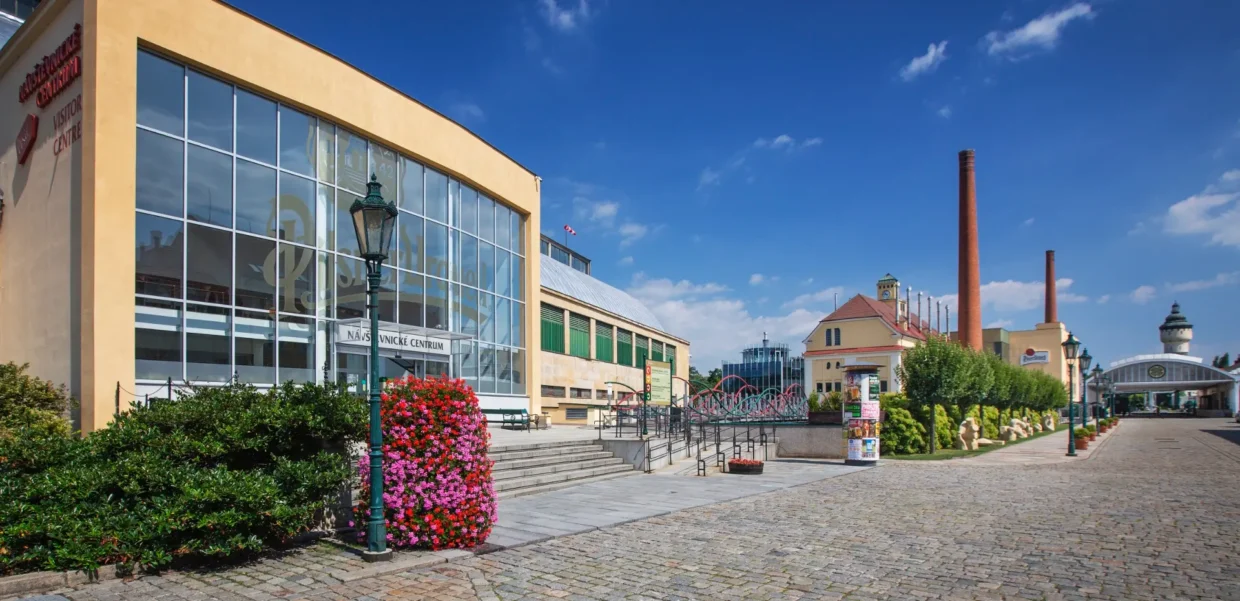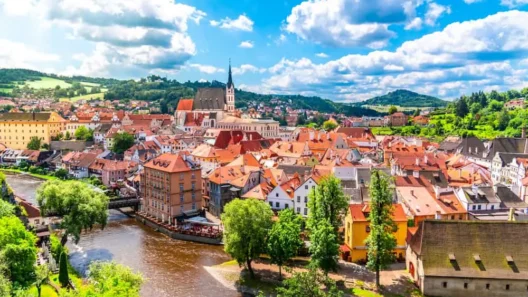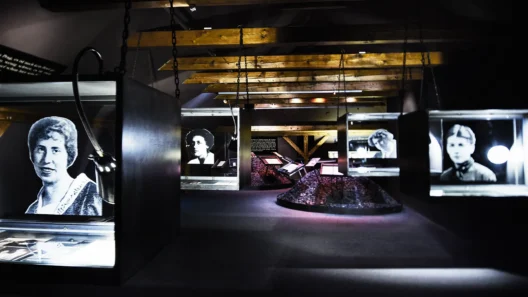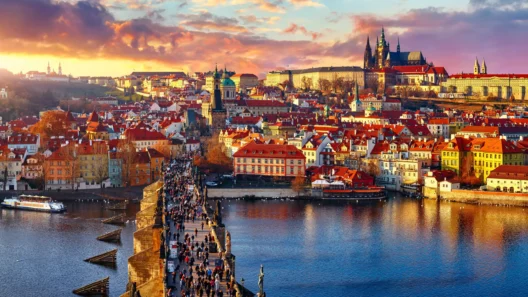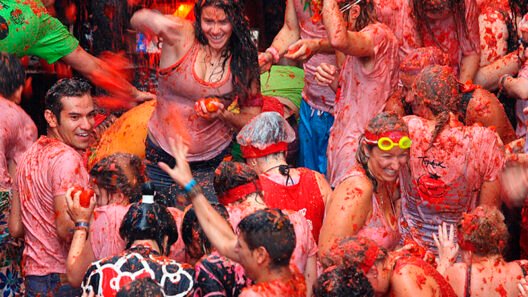There’s something magical about holding a perfectly chilled glass of Pilsner Urquell. You see that golden glow, watch creamy foam float like a tiny cloud on top, and the first sip—wow. It’s crisp and fresh, with a soft bitterness that lingers just long enough to make you want more. For a beer lover, this is bucket-list material. For a tourist, it’s an absolute must, even if you only drink beer once in a blue moon.
But the Pilsner Urquell story is much bigger than a good pint. This is the beer that changed the world of brewing forever. And the journey to its source, in the Czech city of Pilsner, isn’t just another tick on your travel checklist. It’s a real pilgrimage—a way to taste history, understand Czech pride, and see how a local crisis ended up starting a global beer revolution.
From Suds Down the Drain to Suds in Every Glass: How Pilsner Urquell Was Born
Back in the 13th century, the citizens of Pilsner had the right to brew their own beer. Sounds pretty cool, but by the 1800s, things went sideways. Beer quality dropped, complaints piled up, and finally, in 1838, the city’s leaders did something that probably broke a few hearts—they poured 36 barrels of bad beer right onto the main square. Total disaster? Not exactly. This was the spark that started it all.
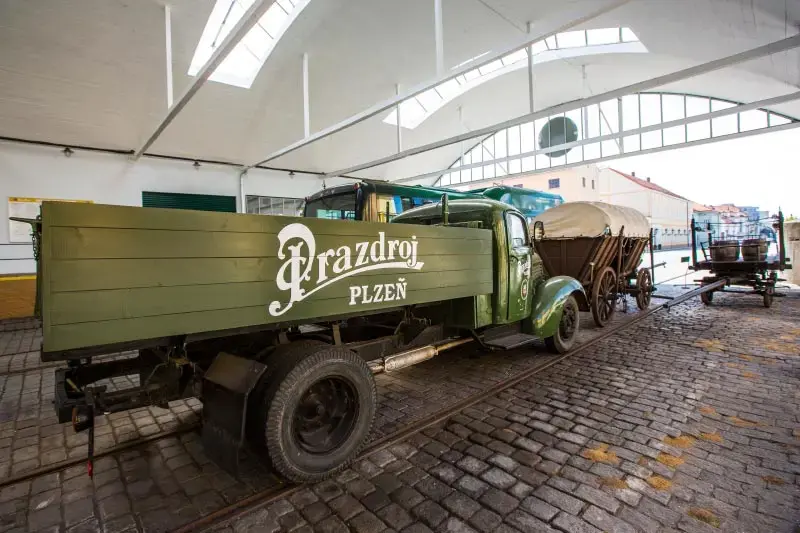
Determined to save their city’s brewing reputation, the people of Pilsner joined forces, pooled their money, and decided to build a state-of-the-art brewery. They hired a Bavarian brewmaster—Josef Groll, famously cranky but a total genius when it came to beer. His mission: create something so good it would put Pilsner back on the map.
Groll’s first batch, brewed on October 5, 1842, was nothing like anyone had tasted before. It was bright, golden, clear, with a snowy foam cap. Locals went crazy for it, and the “pilsner” style was born. Within a year, you could drink Pilsner Urquell in Prague, Vienna, Paris, even across the ocean in America.
Ironic twist? Groll’s contract wasn’t renewed after three years—apparently, he was just too grumpy for the job. But he never managed to recreate the magic anywhere else. That unique Pilsner combo—water, hops, barley—just couldn’t be copied.
No wonder, then, that in 1898, the brewery trademarked the name “Pilsner Urquell”—literally, “the original source.” It was the only way to defend the original against a wave of imitators.
What Makes Pilsner Urquell So Different? (Spoiler: It’s Not Just Marketing)
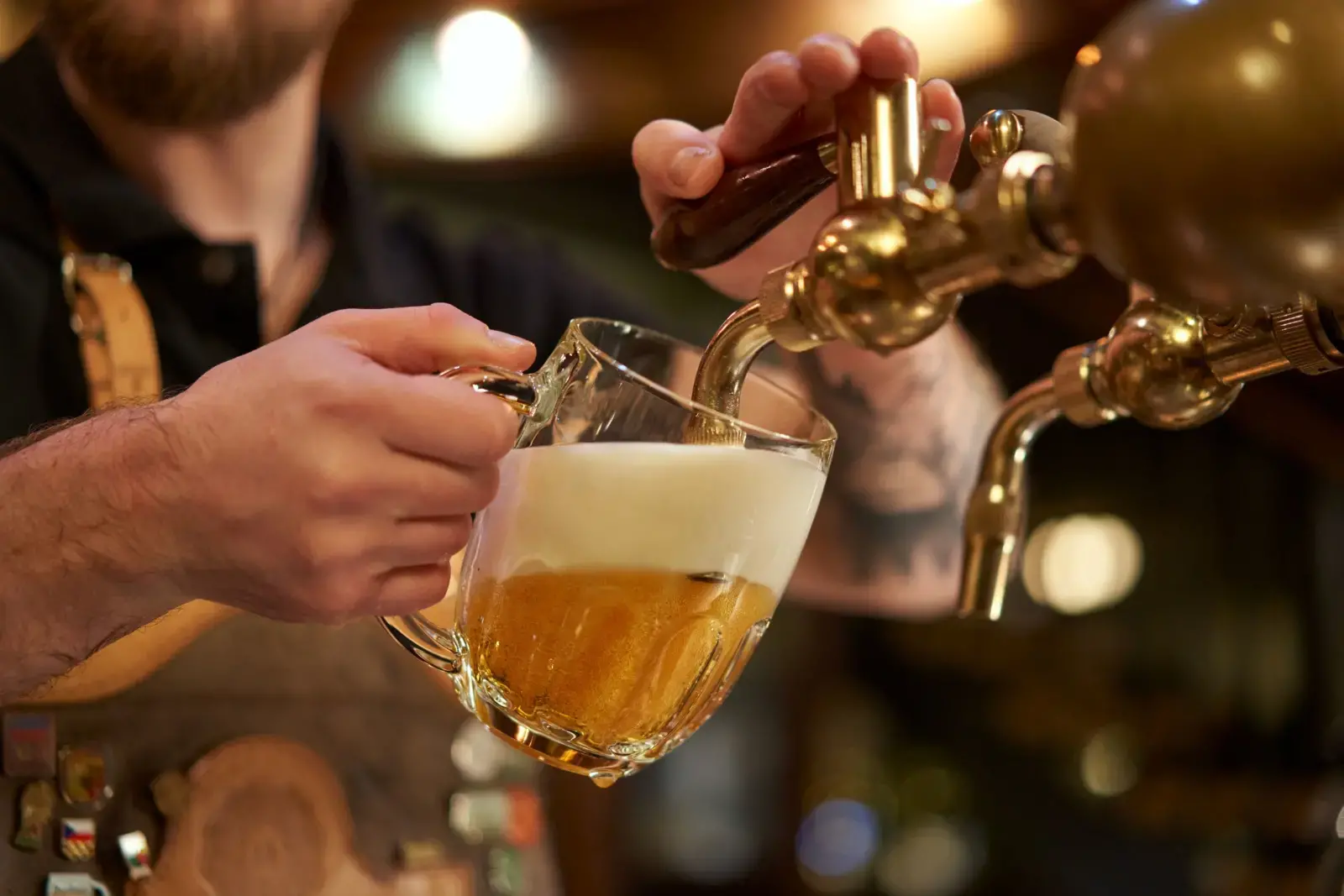
Super-Soft Water
The water in Pilsner is so soft (almost zero minerals) that it lets the real flavor of the malt and hops shine through. If you try to brew this beer anywhere else, it never tastes quite the same. That’s why you won’t find “real” Pilsner Urquell brewed anywhere but here.
Noble Saaz Hops
Pilsner Urquell uses only Saaz hops from nearby Žatec. These hops bring a gentle, spicy aroma and a smooth bitterness—no harsh aftertaste, just a clean, crisp finish. The brewery processes them instantly after harvest to lock in that signature scent.
Moravian Barley Malt
Only top-quality barley from Moravia gets used, malted right at the brewery. There’s no cheating here—no sugar, no corn, no shortcuts. The malt gives the beer its golden color and subtle caramel sweetness.
Traditional Brewing Methods
Triple decoction mashing is the backbone of the process—time-consuming, but essential for flavor and color. Every batch is tested against a parallel batch made the old-school way: in oak barrels, in the original cellars. If the modern brew doesn’t match the 1842 flavor, it never makes it to the tap.
All this tradition means Pilsner Urquell can’t just be “franchised” around the world. The magic only happens in Pilsner, with the local water, barley, hops, and a brewing team obsessed with quality.
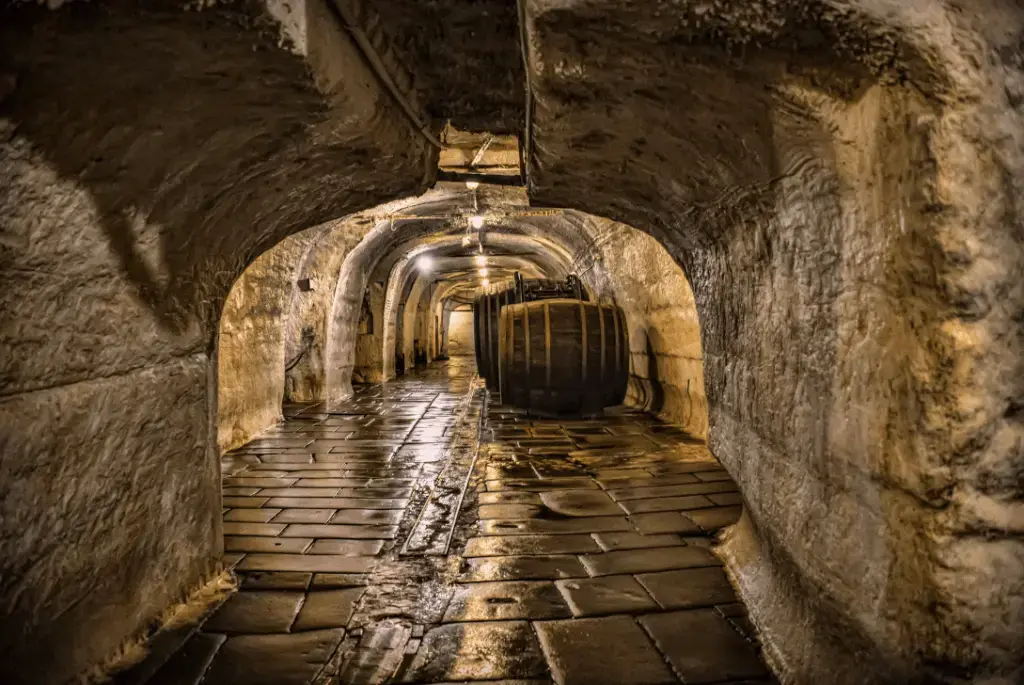
Your Complete Guide to Visiting the Pilsner Urquell Brewery
If you’re a beer fan—or just love an immersive, sensory experience—the Pilsner Urquell brewery tour is honestly one of the best things to do in the Czech Republic. And it’s not just me saying this: in 2024, the tour won “Best Brewery Tour in Europe” at the World Travel Awards. That’s a big deal.

How the Tour Works
- Duration: 110 minutes (but you’ll want to linger)
- Price: About 15 EUR (check the official site for exact rates, or 380 CZK)
- Languages: Tours run in English, Czech, and German. SmartGuide app available for other languages.
- Where to start: The visitors’ center, right by the brewery gates.
You’ll ride the brewery bus to a futuristic bottling plant (imagine: 120,000 bottles per hour!), then visit the “sensory zone,” where you can taste and smell the raw ingredients. There’s even a panoramic cinema telling the story of the golden lager’s birth.
Then comes the heart of the brewery—the historic copper kettles from 1931, and the modern stainless-steel brewhouse. Here you’ll learn why the “triple decoction” method is sacred, and see how every detail still follows the original recipe.
Next up
- Descending into the 9-kilometer maze of historic cellars (bring a jacket—it’s 5°C all year round)
- Watching the traditional open fermentation and aging process in huge oak barrels
- The legendary finale: a glass of unfiltered, unpasteurized Pilsner Urquell, straight from the barrel. This is the moment every tourist raves about—and trust me, it really does taste different down here.
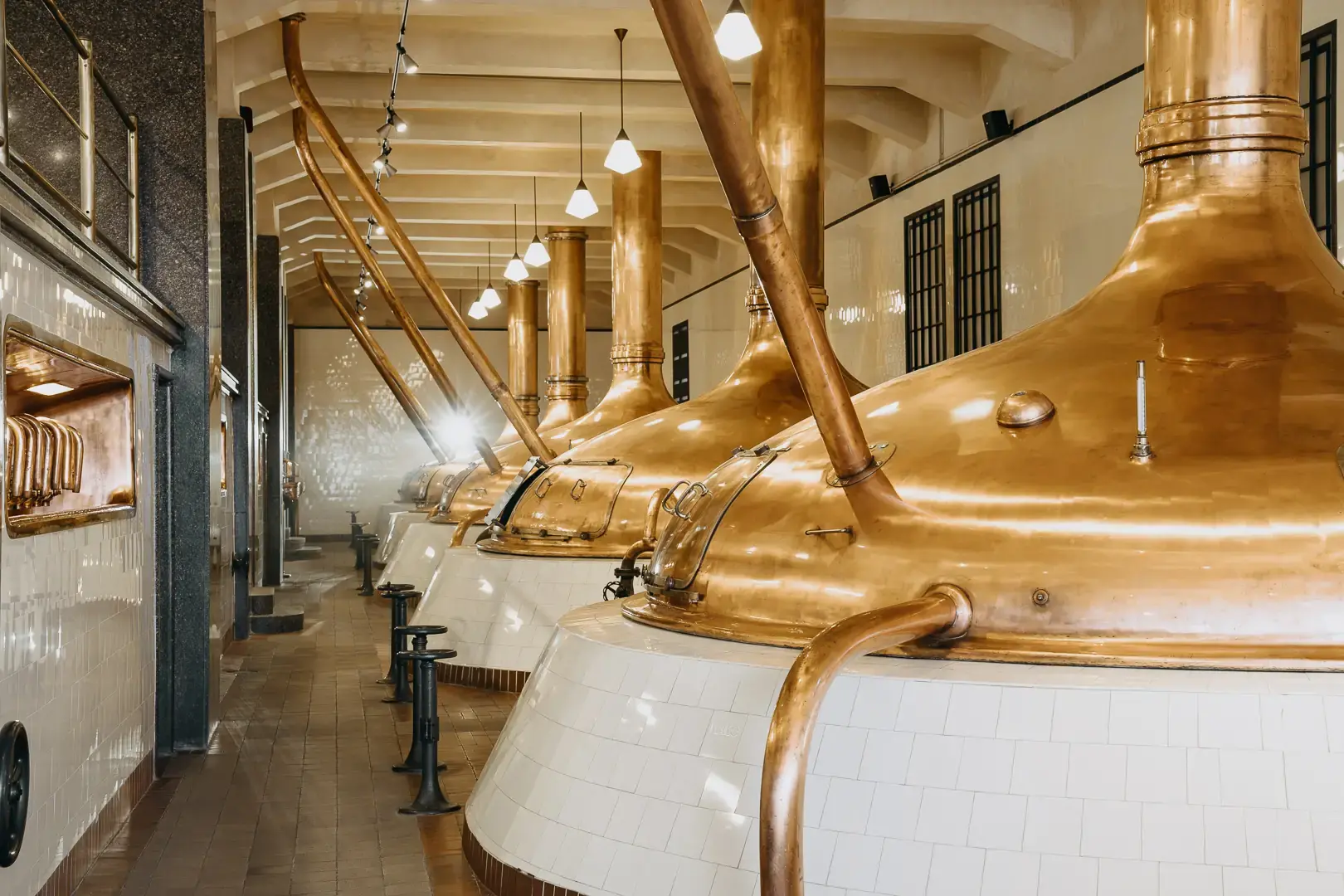
Where to Stay in Pilsner: Why Booking.com Is Your Best Bet
Let’s be honest: after a brewery tour, you don’t want to rush back to Prague or stress about a late-night train. Pilsner itself is full of charm, with historic squares, parks, great food, and (surprise) more top-quality pubs.
Why book your stay through Booking.com?
- Widest selection: From stylish hotels right in the city center to cozy guesthouses within walking distance of the brewery, Booking.com gives you real choice.
- Genuine reviews: It’s easy to filter by what matters to you—location, comfort, breakfast, parking, pet-friendly, etc.
- Free cancellation: Flexibility if your plans change (or if you decide to do a second brewery tour… which happens!)
- Best rates: Special offers and “Genius” loyalty discounts often beat what you’ll find elsewhere.
Personal tip:
Staying in Pilsner overnight lets you enjoy the local nightlife, try more beer styles, and experience Czech pub culture at its most authentic. And waking up in a city famous for breakfast beers is a travel story you’ll be telling for years.
Why Every Tourist Should Use a VPN in the Czech Republic
You might think a VPN is just for IT geeks or for watching foreign Netflix, but as a tourist in the Czech Republic, it’s actually one of the best travel hacks you can pack.
Protect Your Data—Especially on Public WiFi
Let’s face it: most of us connect to hotel WiFi, pub WiFi, and free hotspots at train stations or coffee shops. Those networks are convenient, but not exactly secure.
A good VPN (like ExpressVPN, NordVPN, or Surfshark) encrypts your internet traffic. That means hackers, snoopers, and even shady public network admins can’t see your logins, messages, or banking info. It’s the digital equivalent of locking your suitcase.
Stream Content Without Geo-Blocks
Imagine you want to relax in your hotel after the brewery tour, binge your favorite shows, or catch up on live sports. Without a VPN, you might find that services like Netflix, HBO Max, or your home country’s TV are geo-blocked in the Czech Republic.
A VPN lets you switch your location virtually, so you can access the same content you would at home—no annoying “not available in your region” messages.
Access Travel & Booking Sites Without “Tourist Pricing”
This one surprises a lot of people. Some airline, hotel, or booking websites show different prices depending on where you’re searching from. By using a VPN to “be” in your home country, you can sometimes find better deals or avoid regional restrictions on offers.
Browse Freely—With No Annoying Limits
While the Czech Republic is pretty open when it comes to the internet, you never know when certain sites or services will be restricted. A VPN keeps your browsing private and free from random blocks or filters.
Pro tip: Install your VPN app before your trip and test it at home. That way, when you land in Prague or Pilsner, you’re ready to go with one tap.
| My 5 Best VPN for Czechia | Offer + Discount | URL |
|---|---|---|
| NordVPN | 77% off + 3 months free | Try NordVPN |
| ExpressVPN | 61% off + 6 months free | Try ExpressVPN |
| SurfShark | 87% off + 2 months free | Try SurfShark |
| CyberGhost | 83% off + 2 months free | Try CyberGhost |
| PIA VPN | 82% off + 2 months free | Try PIA VPN |
The Czech Art of Pouring: How to Drink Pilsner Urquell Like a Local
Drinking Pilsner Urquell isn’t just about the beer—it’s about the ritual. Czech bartenders (výčepní) are like the sommeliers of beer, and there’s a whole culture around how it’s poured.
The Three Sacred Styles of Czech Pouring
- Hladinka (“Smooth”):
The classic. One long pour, giving you a glass nearly full of golden beer, capped with a thick, creamy head of foam. The foam acts as a shield, keeping the beer fresh and aromatic until the last sip. It’s the default for long, sociable sessions—perfect if you’re hanging out with friends and want to savor every drop. - Šnyt (“Cut”):
Imagine a big glass, but only partly filled with beer—most of the space is taken up by foam. You get a softer, gentler drink, with less carbonation. It’s a great option if you want to sample multiple beers, or need a light refreshment with a meal. - Mlíko (“Milk”):
The wild card! This glass is almost all foam, with just a touch of beer at the bottom. It’s sweet, creamy, and surprisingly refreshing—meant to be drunk quickly, almost like a dessert. Try it at least once for the story alone.
Why the Pour Matters
In the Czech Republic, there’s a saying: “The brewer makes the beer, but the bartender makes the pint.” So don’t just ask for a beer—watch how it’s poured, and maybe try all three styles.
(And if you’re curious, Pilsner Urquell actually offers pouring classes for bartenders, which shows just how serious they are about this craft.)
Legendary Food & Beer Pairings: The Na Spilce Restaurant Experience
After your tour (and that epic fresh-from-the-barrel tasting in the cellars), don’t just head home. Right on the brewery grounds is one of the biggest and most atmospheric beer halls in the country—Na Spilce.
It’s set in the old fermentation cellars, with high brick arches, a true local vibe, and a menu designed to go perfectly with, what else, Pilsner Urquell.
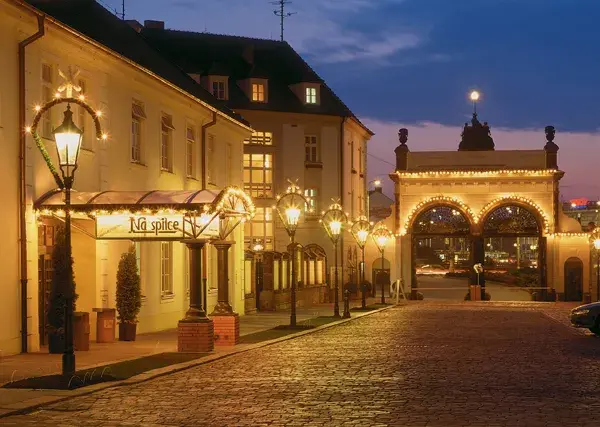
What to Eat? Classic Czech Dishes That Shine With Beer
- Beef Goulash with Beer:
Slow-cooked, hearty, rich, and slightly spicy—made with Pilsner Urquell right in the sauce. The bitterness of the beer balances the richness of the meat and gravy. - Roasted Pork Knuckle:
Massive, tender, with a crispy crust. The perfect companion for the sharp bite of a pilsner. - Svíčková na smetaně (Marinated Beef Sirloin with Cream Sauce):
A Czech classic—beef in a creamy veggie sauce, with dumplings and cranberry. The gentle bitterness of the beer cuts through the sweetness of the sauce. - Fried Pork Schnitzel:
Golden, crispy, and just begging for a cold beer. Simple and unbeatable. - Sausages in Dark Beer:
Local sausages simmered in a spicy, dark beer sauce. If you like savory, this is the way to go. - Pickled Camembert-style Cheese (“Nakládaný hermelín”):
Creamy cheese marinated in oil, garlic, peppers, and spices—a staple of Czech pub snacks. Wash it down with a cold lager, and you’re basically a local.
Why Stay For Dinner?
Beyond the food, it’s the vibe: long tables, laughter, music, the sound of fresh beers being poured. At Na Spilce, you’re not just eating—you’re soaking up centuries of Czech brewing tradition.
Why a Visit to Pilsner Urquell Is a Must-Do for Every Tourist
Standing at the original brewery gates in Pilsner, you realize you’re not just at some random European beer factory. You’re at the birthplace of the most copied beer style on earth. This isn’t just about a good drink—it’s about the legacy, innovation, and pride that shaped Czech culture (and, honestly, the world’s entire beer scene).
Touring the brewery is like walking through living history:
- You touch, taste, and smell the original ingredients
- Descend into labyrinthine cellars chilled to perfection
- Drink a lager straight from the barrel, in the very place it was born
- Discover why the Czech way of pouring beer is an art
- And, you wrap up with a feast that puts typical “pub food” to shame
But here’s what makes Pilsner different: it isn’t overrun with tourist clichés. The city’s got its own easygoing rhythm. After your brewery adventure, you can wander picturesque squares, check out quirky museums, or just relax in a local café with another fresh beer (because honestly, why not?).
Practical Tips for Tourists
- Book your brewery tour and accommodation in advance: Especially during peak season, both the tours and the best hotels fill up fast. Booking.com is the easiest way to see real-time availability, honest reviews, and secure your room—so you can spend less time stressing and more time sipping.
- Don’t forget your VPN: If you’re streaming, banking, or just want peace of mind on public WiFi, get a VPN before your trip. Trust me, it’ll make your online life so much easier in the Czech Republic.
Final Thoughts
Pilsner Urquell isn’t just a beer; it’s a living piece of world heritage, poured and enjoyed where it all began. Even if you only have a day in Pilsner, the memory of sipping golden lager straight from the source, paired with great food and Czech hospitality, will stick with you long after you’ve gone home.
So here’s your invitation: next time you’re planning a trip to Europe, skip the obvious stops for a day and make your way to Pilsner. Walk through the brewery gates, descend into those legendary cellars, and raise a glass to history, craft, and good taste.
Once you try Pilsner Urquell at the source, you’ll never see beer—or Czech culture—the same way again.


